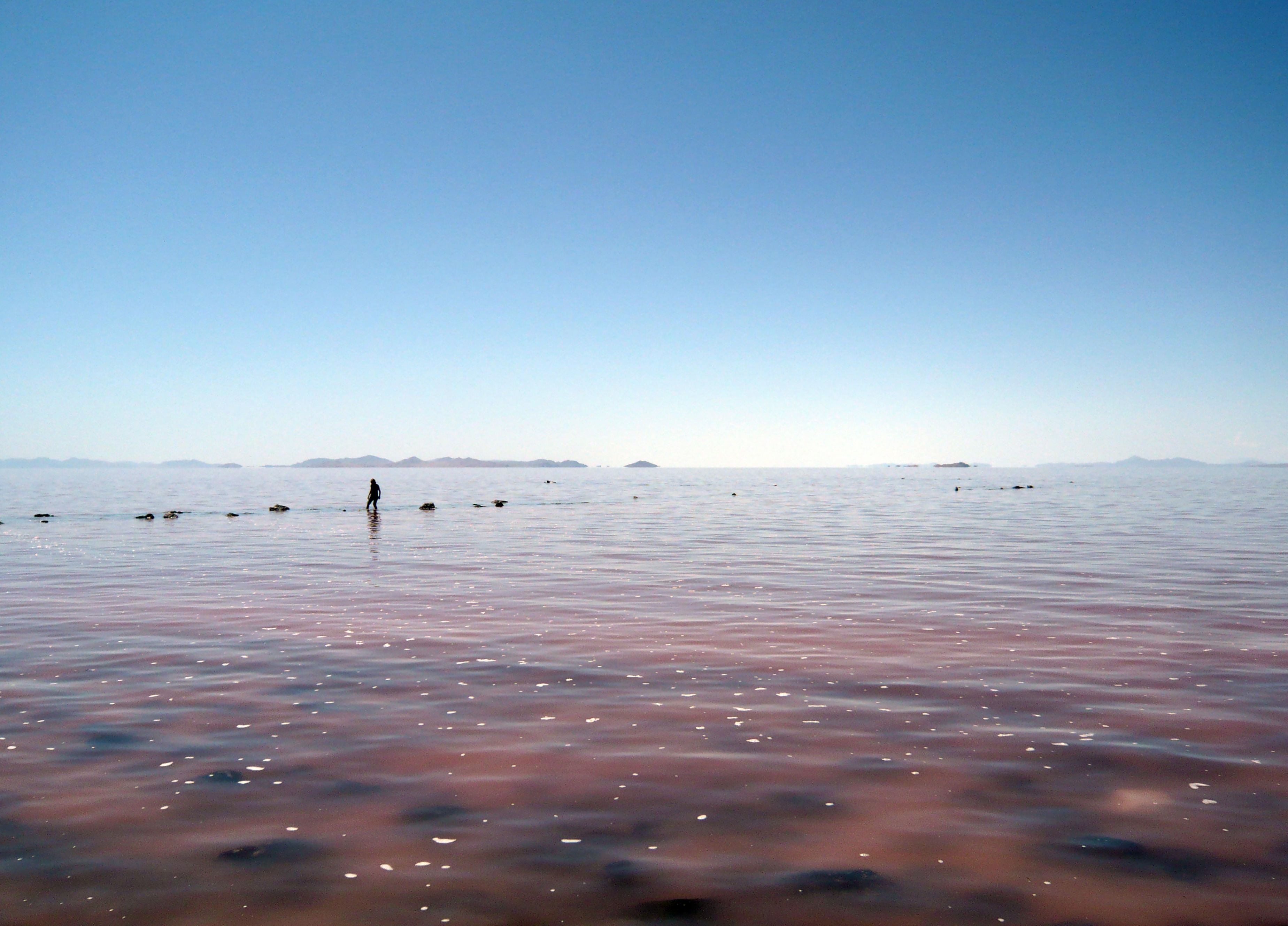exploring the urban everyday
More extensive methodology is required to study the complexities of everyday life in the rapidly expanding urban areas around the globe, as well as to gain a better understanding of life in established urban areas. Presented over two volumes, Visual and Multimodal Urban Sociology A and B explore the use and potential of visual materials and methodologies that expand the level of analysis and ways of seeing in urban sociology.
perception in motion
The urban environment is perceived through multiple senses in parallel, which means that visual understanding of space is aided and complemented by auditory, basic-orienting, and haptic stimuli—although mainly unconsciously. Sensory conditions are inherent attributes of urban places, but are often overlooked in research. To include these aspects in any way in analysis of the urban landscape, they need to be understood as properties of urban space, to be translated from attributes of the perceiver to attributes of the perceived. In this paper I will explore an alternative analytical methodology that takes the first-hand perspective view of the subject moving through the city as the starting point. The human body explores space by moving through it; walking is the most direct way to access, study and research the physical qualities of the (urban) landscape, involving not only visual experience, but sound, rhythm, kinaesthesia, balance, and so forth. A notation technique that discloses the interrelation between visual qualities and their perception over time is the technique of ‘scoring’. Scores are symbolisations of processes, which extend over time. They can objectively represent non-visual qualities of space, communicating the relation between such processes and their spatial context to others in other places and other moments. These representations of movement expose the qualities of the surroundings that change as one moves through them, thus communicating the experiential aspects of urban landscape.
In Luc Pauwels ed. Visual and Multimodal uUrban Sociology. Part B. Research in urban Sociology Vol. 18B. Exploring the Urban Everyday Emerald 2023. pp. 39-61. DOI 10.1108/S1047-00422023000018B002
